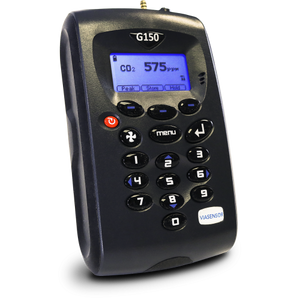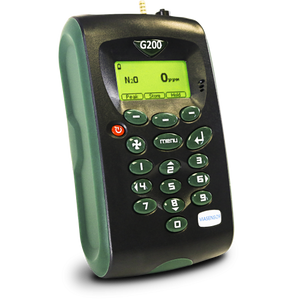News
SPODs- 24/7 Continuous VOC Monitoring

The SPOD (pronounced as S-pod) is an air quality monitoring system used to detect volatile organic compounds (VOCs) and pollutants in ambient air. When combined with an anemometer, the source of the VOC emission plumes can often be located.
The original “fence line sensor pod (SPod)” was developed by a group from the Environmental Protection Agency. This prototype SPod was set up near chemical facilities to determine if the system was suitable to provide data of VOC emissions in the area. This method was made available to the public as an open-source resource and in time allowed for improved commercial versions.
The SPOD contains a photo ionization detector (PID) with an ultraviolet lamp, typically, at 10.6 eV. Lamps at other voltage settings are available but most VOCs of interest will energize at the 10.6 eV setting.
The PID does not identify specific compounds. It only detects compounds that ionize (or are energized) at less than 10.6 eV. You will get a concentration reading of the VOCs in the area being monitored based on isobutylene as the reference but the only way to determine the specificity of the gas(es) is to connect one or more sorption tubes or sampling canisters to the SPOD. The collected sampled air can then be sent to an analytical lab for processing and identity determination.
The optional anemometer (or weather station) provides information on wind speed, wind direction, ambient temperature, ambient pressure, and relative humidity. The wind information aids in determining from what direction the fugitive emissions emanate while the other parameters may provide additional information on their influence on the gas(es) being monitored.
Power can be applied to the instrument via a wired adapter or solar panel. The battery backup can run from 3-5 days depending on run mode and frequency of transmission.
So, how do you access the data? The SPOD communicates to the cloud where the user logs into a web-based application portal for viewing and managing the data and environmental monitor. This portal allows remote access to real-time and archived data, sensor health and settings, device location, etc.
As we continue to broaden our horizons and find other ways to fuel our energy needs and improve on the materials that sustain our lives, we must, also, be responsible for mitigating against the hazardous by-products generated by these new technologies. Monitoring our air quality can lead us in the direction of alleviating those burdens for an improved and healthier environment.
Teresa V. Espy, COO


